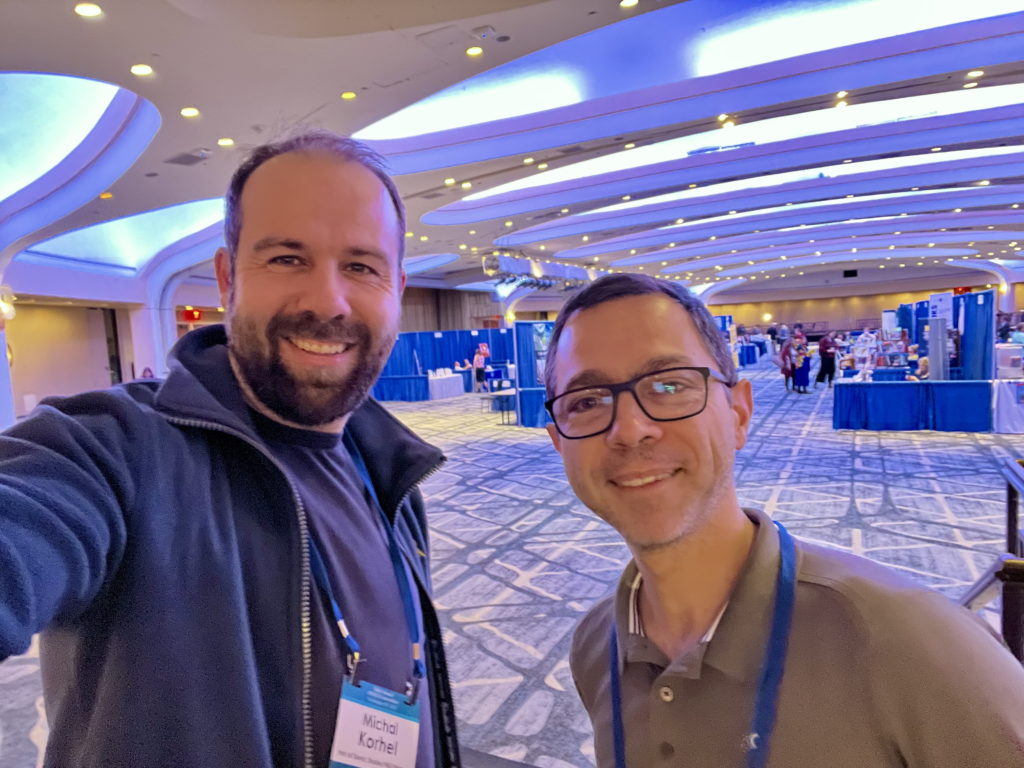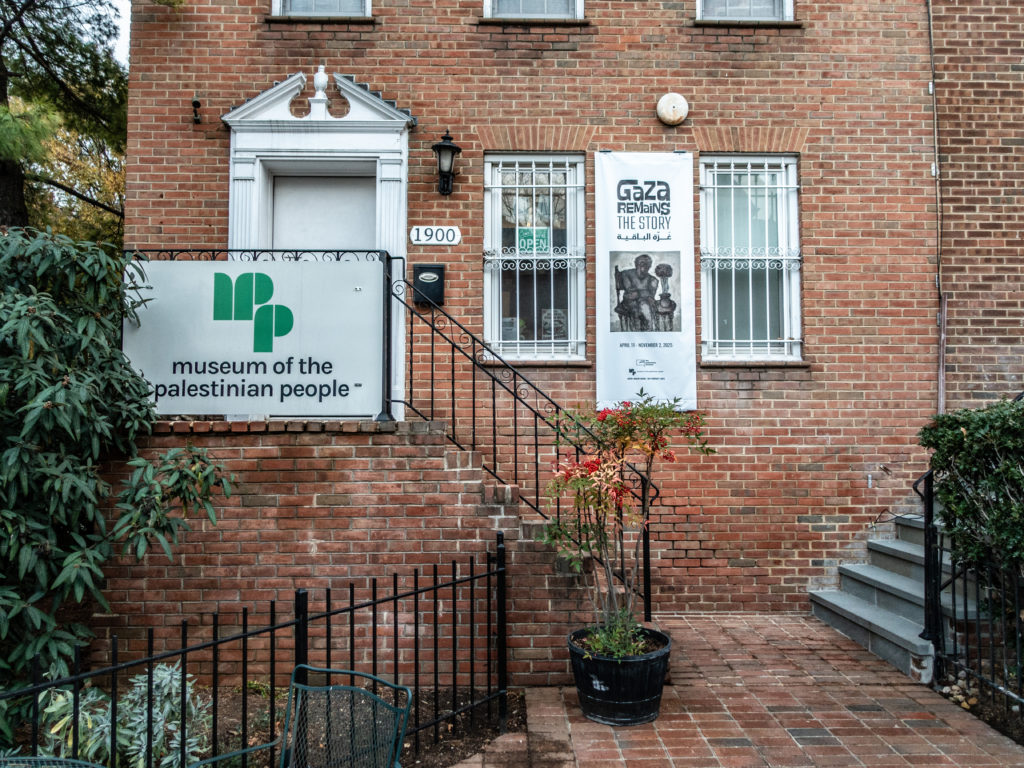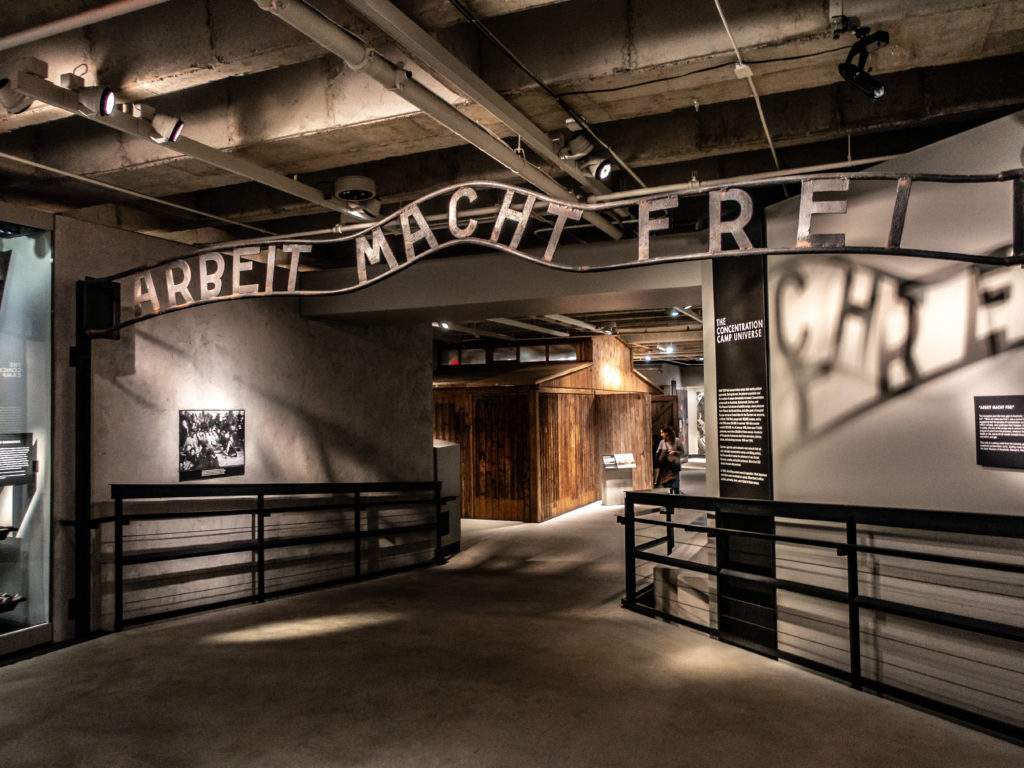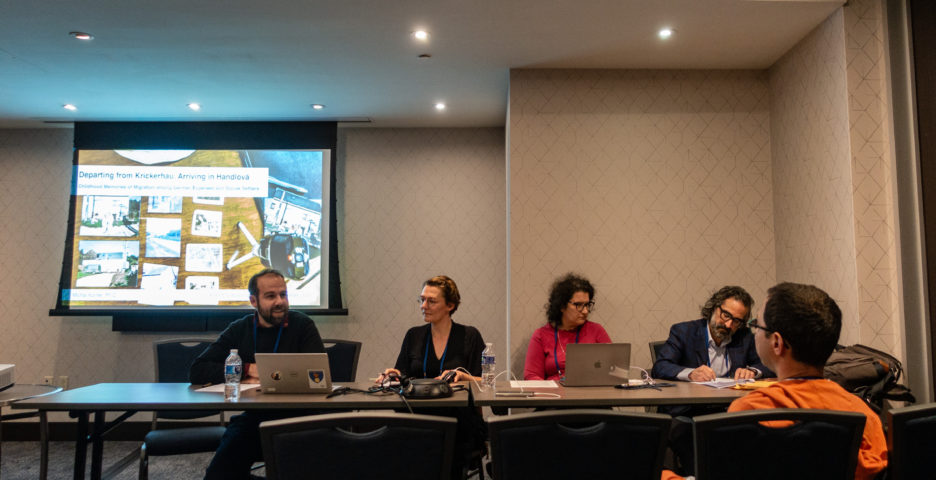At the end of November, our researcher Michal Korhel participated in the 2025 Annual Convention of the Association for Slavic, East European, and Eurasian Studies (ASEEES), held in Washington, D.C. Together with Jakub Gałęziowski from the University of Warsaw, Michal co-organized a panel titled “Forced to Move: Remembering Children’s Displacement and Migration in WWII and Its Aftermath in East-Central Europe.” Bringing this panel to life felt especially meaningful, as it allowed the organizers to gather scholars who work with memories of some of the most vulnerable figures in wartime and postwar history – children whose lives were reshaped not only by violence, but also by the uncertain quiet that followed the end of the Second World War.
The panel explored a range of child experiences: Holocaust survivors in Hungary, young refugees in what is now Slovakia, Czech children from Lidice, and Polish children born to forced laborers and displaced persons. What united these stories was the recognition that the war’s end did not immediately bring safety or stability. For many children, the postwar period introduced new forms of coercion and control, particularly within institutions that claimed to act in their best interests.
In his own presentation, “Departing from Krickerhau, Arriving to Handlová: Migration in Childhood Memories of German Expellees and Slovak Settlers,” Michal returned to the microcosm of Handlová (formerly Krickerhau), a community deeply marked by the reshuffling of populations after 1945. Through oral history interviews, he traced the contrasting yet interconnected memories of two groups of children: the German inhabitants forced to leave their homes with only a small part of their possessions, and the Slovak settlers who arrived to occupy those same houses.
Beyond the academic sessions, Michal was also able to experience Washington, D.C. in a more personal way. He visited several of the city’s landmarks and museums, each offering a different perspective on American history and public memory. One of the most memorable moments of the trip was joining a Ghost and Graveyard tour in Alexandria – a lively and atmospheric walk that added an unexpected layer of storytelling to the visit.
Overall, the ASEEES Annual Convention offered a rich blend of scholarly exchange, new perspectives, and cultural exploration. For Michal, it was an opportunity not only to share his work and learn from others, but also to place these histories of displacement and memory within a broader global context.








